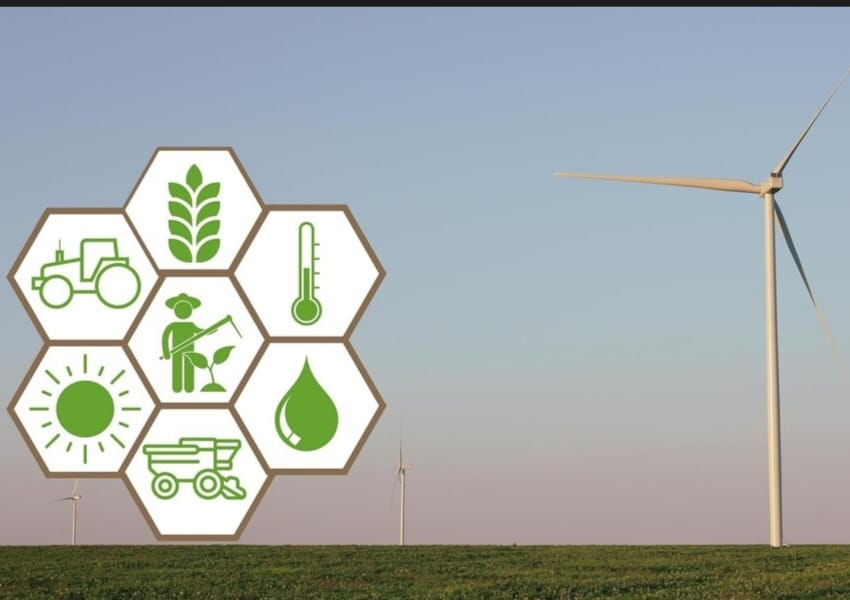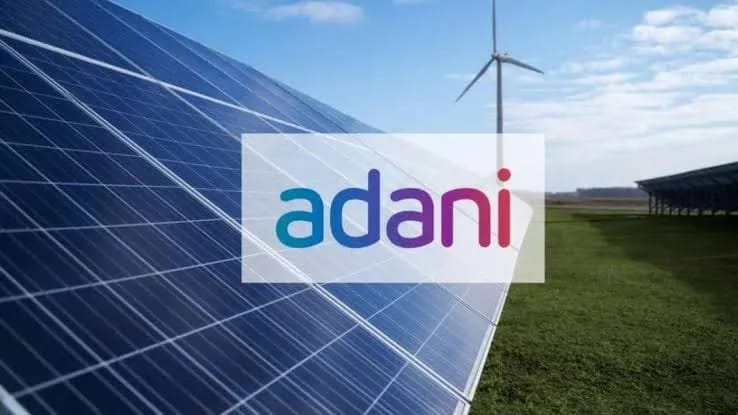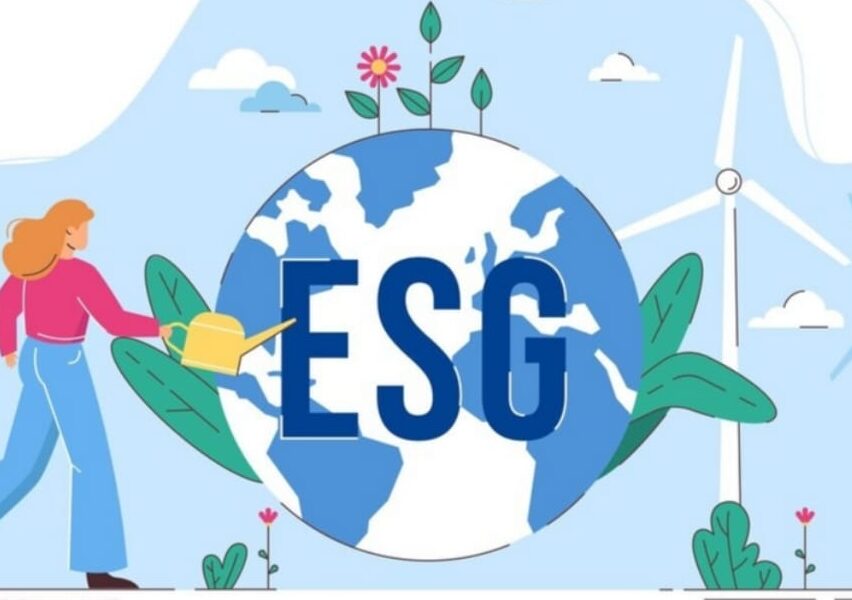Three Things India Inc. Looks Forward To On Sustainability For Union Budget 2024-2025

India stands fifth among the World GDP rankings for 2024 and aims to be in the Top 3 by 2030. Amongst other socio-economic and welfare measures, here are my top three suggestions to ensure that this rise to the top for the Indian economy takes the green route.
In the run-up to any Union Budget, there is always intense speculation around the announcements to come in from the incumbent government. The fact that 2024 is a crucial election year adds another layer of scrutiny. Will populism prevail or will there be bolder decisions with the longer-term view in mind? This distinction is crucial. If it is the latter, integrating climate into the mainstream budget is vital for India’s climate aspirations and targets of net zero to materialise.
In my wishes for the Budget last year, I stressed on three nature-based solutions that could propel India towards green growth. One of the suggestions was to focus on biomass to meet energy demands and our renewable energy commitments. Building links to the agri-economy, including converting crop residue to biofuels, we solve multiple problems at once. The Ministry of Power released a draft notification recently, as per which consumers with coal/lignite-based generating stations are now obligated to replace fossil fuel-based generation with a mandatory minimum share of renewable energy. This Renewable Generation Obligation (RGO) is slated to be rolled out in April FY 25.
India has already demonstrated its commitment, leadership, and transparency on climate issues. As per the latest global stocktake, India is ahead on its commitments and its Nationally Determined Contributions (NDCs), besides other climate aspirations like net zero by 2070. The last budget was celebrated across sectors for prioritising ‘Green Growth’ and the several policy announcements that followed on this line. However, the question is if the bar we’ve set ourselves is too low. Is 2070 ambitious enough for net zero?
From a purely commercial perspective, green growth represents a massive business opportunity for India Inc. Here are three areas which could contribute immensely to India’s green economy.
Protect Biodiversity
Biodiversity is intimately connected to our sustenance as humans and often overlooked, to our livelihood given that more than 50 per cent of global Gross Domestic Product (GDP) depends on natural resources! The World Economic Forum’s Global Risk Report 2024 lists biodiversity loss among the top 3 ten-year risks to our planet. An example is the drastic shifts in atmospheric patterns due to the deforestation and release of carbon sequestered in forests like the Amazon, which contributes around 5 per cent of the annual carbon emissions.
Needless to say, India, with its indigenous knowledge of coexistence with natural diverse ecosystems, has a huge role to play in this domain. There is an immediate need for localised and national biodiversity registers. They should set baselines on populations and identify critical or endangered species for prioritisation of action.
PCR Availability and Quality
India has some of the most stringent plastic regulations in the world, one of which is the mandatory minimum percentage of Post-Consumer Recycled (PCR) plastics to replace virgin plastic in packaging. For example, by 2026, companies are expected to replace 30 per cent of Category-I (rigid) plastics with PCR. However, just to give you an idea of the scale of the challenge, the current industry average of PCR usage is around 1 per cent.
There is a serious challenge with the availability and quality of recycled plastic. The primary issue has been the diversion of plastic waste to co-processing, with only 10 per cent of all the plastic waste being recycled into usable plastic for packaging. The secondary issue is the lack of standards, guidelines, grades, and regulations around PCR, in the absence of which there is no transparency on the actual inclusion of recycled plastics in packaging.
Simplify Renewable Energy Addition
The renewable energy sector urgently needs clearer policies, alignment on regulations between centre and states, and consistency in tariffs. The financial viability of numerous renewable energy initiatives has been compromised by shifting regulatory frameworks and disproportionate cess impositions. While utility-scale capacity addition has been the focus up until now, we also need to promote the creation of microgrids with multiple sources of energy and technology to ensure stability in the face of intermittency. Also, focusing on generation is not enough. The transmission and distribution systems are in dire need of modernisation, particularly considering the huge influx of renewables planned as well as the increasing demands for electricity, particularly from fast-charging electric vehicles (EVs). This modernisation effort needs significant investment and a place in the budget.
India requires approximately USD 2.5 trillion by 2030 to meet its NDCs and USD 10.1 trillion to meet its net-zero targets by 2070. We could look to countries like France, where significant strides have been made in shaping the national budget to account for and increase net zero public finance. Since 2017, France has started accounting climate considerations into its annual budgetary process and published their Green Budget in 2021. Without adequate budgetary consideration, it would be almost impossible for India to meet its lofty ambitions.





































































































































































































































































































































































































































































































































































































































































































































































































































































































































































































































































































































































































